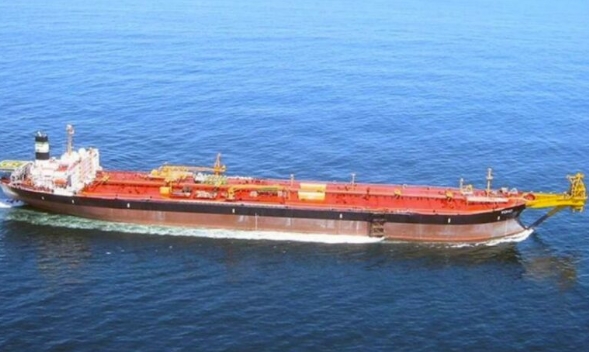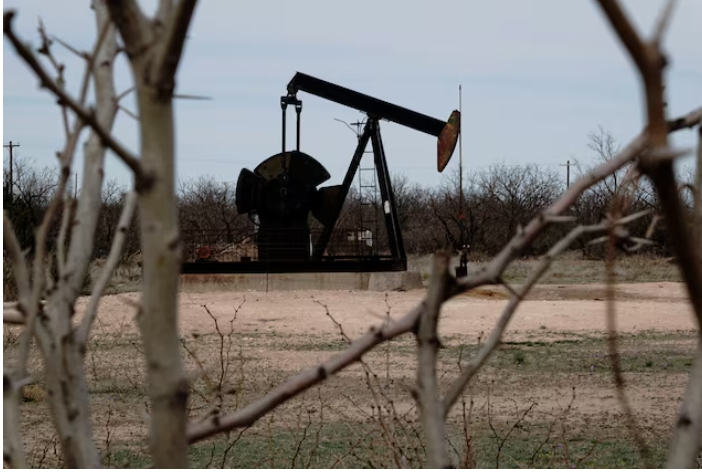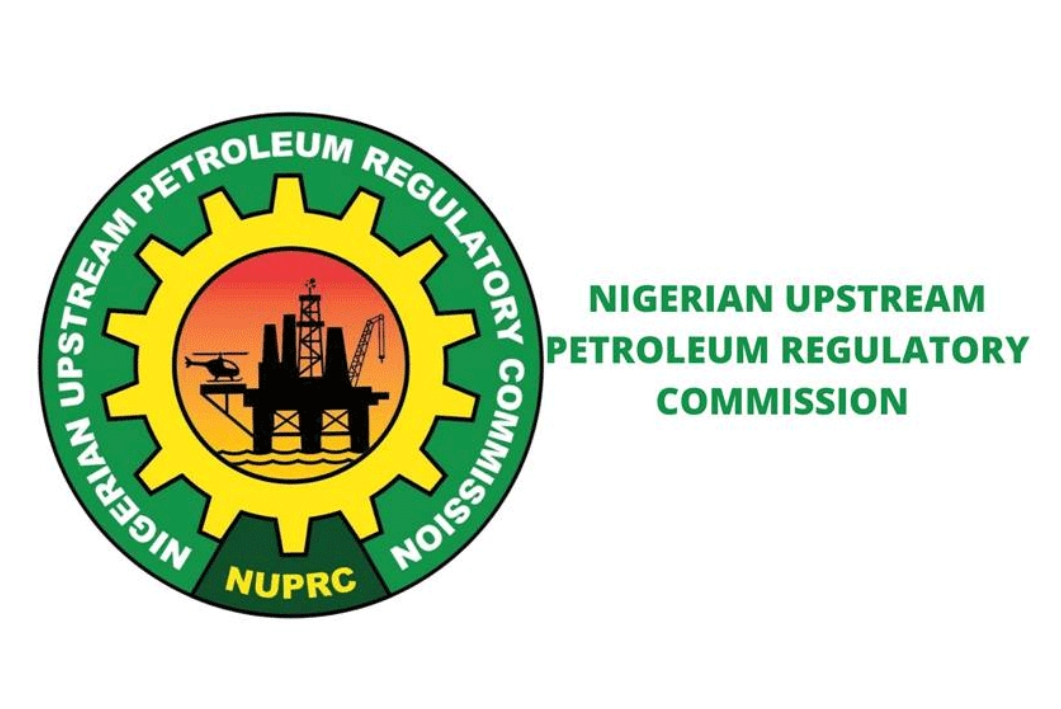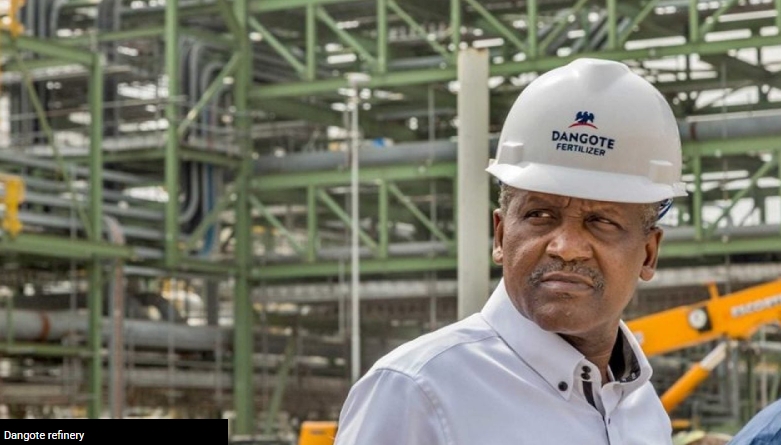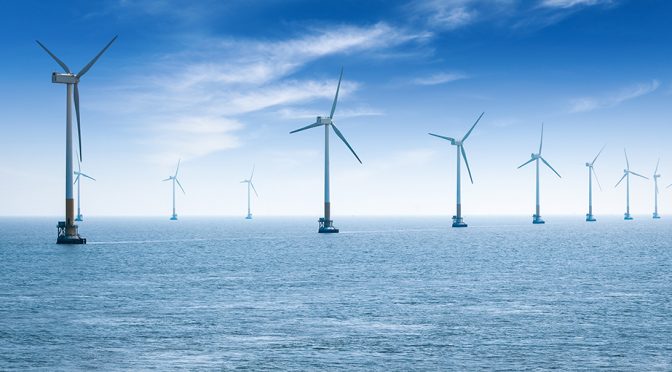
In a momentous gathering in The Hague, the 10 Energy Ministers of the North Seas Energy Cooperation (NSEC) convened to promote the growth of offshore wind power. His Majesty King Willem-Alexander of the Netherlands graced the event, which witnessed the endorsement of a new NSEC Action Agenda aimed at fortifying Europe’s wind energy supply chain. Additionally, the NSEC expressed their approval of the EU Commission’s Wind Power Package and the commitment to actively participate in its execution.
A Promising Vision for the North Seas
The NSEC countries have set their sights on ambitious targets, aiming to establish 76 GW of offshore wind power by 2030, 193 GW by 2040, and a whopping 260 GW by 2050. These monumental plans have the potential to transform the North Seas into Europe’s leading power producer. However, achieving these objectives necessitates robust collaboration across borders. Consequently, the newly adopted NSEC Action Agenda outlines crucial actions in grid development, market design, financing, auction design, nature protection, and offshore energy security.
Implementing the Wind Power Package
The North Seas Energy Ministers convened shortly after the EU Commission revealed the Wind Power Package, a comprehensive strategy aimed at invigorating Europe’s wind energy industry. The Package proposes the establishment of a Wind Energy Charter to secure support from governments and industry stakeholders. The NSEC countries enthusiastically embraced this initiative and pledged their active engagement in its implementation.
A Shared Commitment to Progress
The NSEC Action Agenda mirrors the objectives set forth in the Wind Power Package, ensuring alignment between these two influential frameworks. Key actions outlined in the Agenda include enhancing auction design, prioritizing non-price criteria, and strengthening pre-qualification criteria. Of particular importance is the implementation of strict environmental standards and robust cyber and data security measures to guarantee the development of sustainable and secure wind turbines.
Advancing Towards an Integrated Offshore Grid
The NSEC member states also welcomed the forthcoming publication of the first Offshore Network Development Plan (ONDP) in January 2024. Serving as a guide for future network investments, the ONDP will facilitate informed decision-making. Additionally, the NSEC countries committed to sharing data on offshore and onshore grid planning and renewable hydrogen electrolysis sites. The development of crucial cross-border infrastructure projects remains a priority, with emphasis placed on establishing a regulatory framework for offshore wind hybrids. These interconnecting offshore wind farms have the potential to optimize space utilization, reduce costs, and enhance energy flows between countries.
Frequently Asked Questions:
Q: What is the North Seas Energy Cooperation (NSEC)?
A: The NSEC comprises nine European member states (Belgium, Denmark, France, Germany, Ireland, Luxembourg, the Netherlands, Norway, and Sweden) and the European Commission. Their collaborative efforts focus on developing offshore wind energy and associated infrastructure in the North Seas to achieve EU climate and renewable energy goals.
Q: What are the goals of the NSEC countries?
A: The NSEC countries aim to install 76 GW of offshore wind power by 2030, 193 GW by 2040, and 260 GW by 2050, transforming the North Seas into Europe’s leading power plant.
Q: What actions are outlined in the NSEC Action Agenda?
A: The NSEC Action Agenda highlights crucial actions in grid development, market design, financing, auction design, nature protection, and offshore energy security.
Q: What is the Wind Power Package?
A: The Wind Power Package is a strategy proposed by the EU Commission to strengthen Europe’s wind energy industry. It includes a Wind Energy Charter to secure support from governments and industry stakeholders.
Q: What is an offshore wind hybrid?
A: An offshore wind hybrid refers to an interconnecting offshore wind farm that connects to multiple countries, serving as an interconnector. These hybrids optimize space utilization, reduce costs, and enhance energy flows between participating countries.
